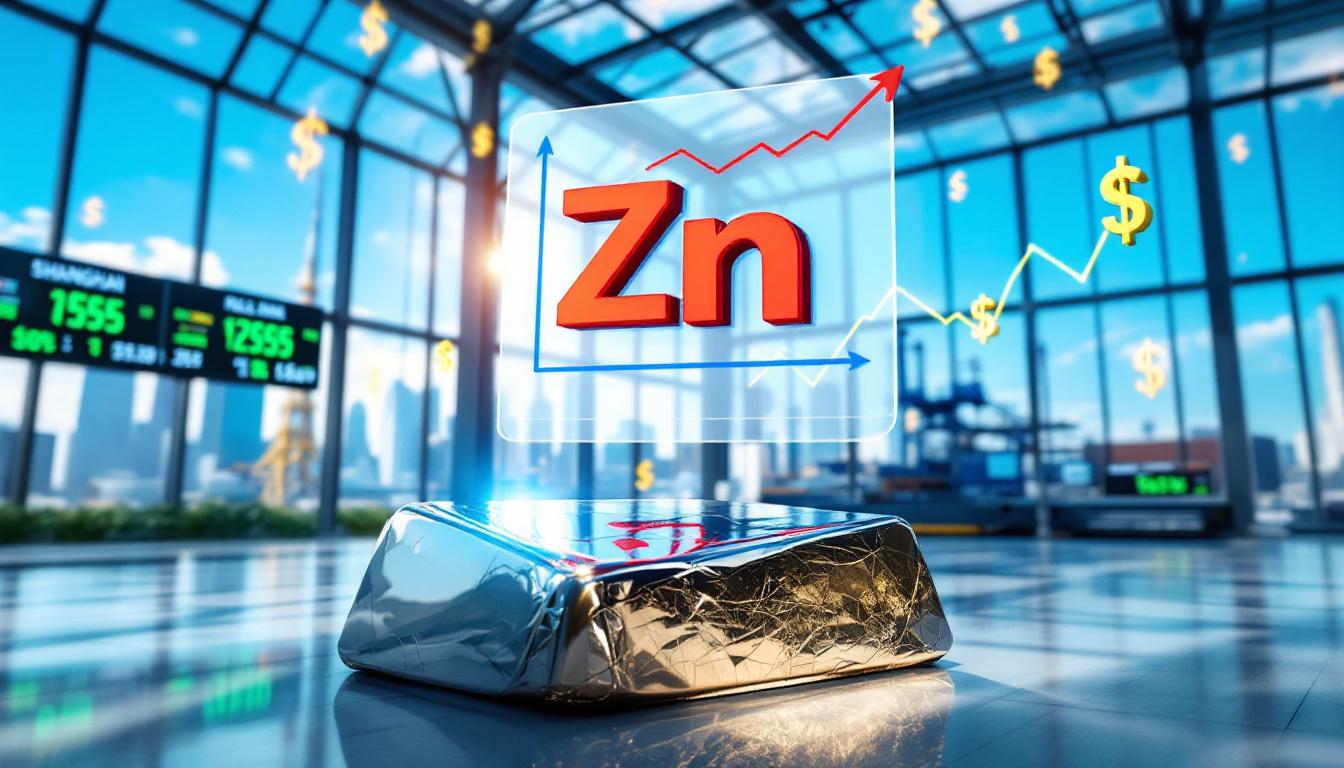The Initiative for Responsible Mining Assurance has become central to achieving sustainable operations and robust community engagement. In the context of Anglo Plat mega mine IRMA certification, companies are realising that ethical and transparent practices are not only desirable but essential. Through independent assessments, mining companies demonstrate responsible production, ensuring their practices are both safe and sustainable.
Anglo American Platinum’s approach has been transformative. Their comprehensive IRMA certification process is reshaping how the industry prioritises sustainability. By working towards goals that ensure accountability, the company is setting benchmarks that other stakeholders are eager to follow. Many see their commitment as transforming the mining industry: esg challenges and global opportunities.
Understanding IRMA Certification
IRMA certification involves third-party scrutiny of a mine’s environmental and social performance. Independent auditors review operations based on 26 detailed chapters. These chapters address risks from biodiversity loss to local community relations. Such transparency builds trust among investors, communities, and regulators alike.
The process moves beyond self-assessment. With external verification, mining companies are held to stringent international criteria. This detailed approach provides stakeholders with an assurance that operations meet robust standards without compromise. The system goes far beyond basic compliance, promoting continuous improvement and enabling companies to refine practices over time.
Economic and Sustainable Implications
Anglo American Platinum’s Mogalakwena mine recently reached a significant milestone. Achieving an IRMA 50 rating, the operation now stands as one of the most responsible and cost-efficient sites globally. The economic significance is underscored by its production figures and outstanding cost efficiencies. The achievement has been highlighted in industry publications such as mogalakwena mine certification news.
The significance extends well beyond economics. Certified mines prove that responsible mining can drive profitability. With stringent cost controls and responsible practices, these operations set examples that balance environmental care with competitive pricing. With global pressure for ethical sourcing mounting, the achievement is a game-changer in the mining sector.
What Do the Different Certification Levels Mean?
IRMA certification is not a one-size-fits-all approach. It employs a tiered system that recognises progressive achievement. At the base, IRMA 50 indicates that mines meet all core criteria and 50% of detailed requirements. This is a solid foundation for the highest standards. Some operations, however, aspire to higher thresholds.
The next level, IRMA 75, reflects better alignment with advanced best practices. Mines reaching this standard demonstrate significant commitment beyond the basics, incorporating additional social and environmental goals. The latest industry developments have shown mines like mining’s crucial role in the clean energy transition leading the way. The highest tier, IRMA 100, requires complete compliance, setting the ultimate benchmark for responsible mining practices.
How Broader Certification Impacts Operational Portfolios
Anglo American Platinum’s portfolio now reflects a broad commitment to responsible mining, with different sites performing at various IRMA levels. The Mogalakwena mine, for example, is a flagship case study in ethical mining practices. Meanwhile, other sites like Unki, Mototolo, and Amandelbult have showcased steady progress. Their achievements illustrate that mature operations can embrace change, setting the stage for industry-wide improvement.
- Unki mine in Zimbabwe pioneered public IRMA verification and reached IRMA 75 in 2021.
- Mototolo mine, acquired in 2018, achieved high standards swiftly.
- Amandelbult mine’s older infrastructure was modernised for IRMA 50 certification.
These examples reinforce that responsible mining is attainable for both newer and legacy operations. Stakeholders see the value in continuous progress, encouraging a ripple effect throughout the industry.
Who Benefits from This Certification?
The benefits of IRMA certification are far-reaching. Mining companies gain enhanced reputations and access to premium markets by demonstrating their commitment to ethical standards. Community relations improve as transparent practices ease tensions between local populations and mining companies. In turn, downstream users receive verifiable information about the origin of their materials, ensuring products meet strict ethical standards.
Communities experience direct benefits. Increased transparency ensures that local concerns are addressed and fair opportunities are created. When communities observe responsible practices, they foster more constructive engagement. This shared benefit ultimately leads to improved social and economic conditions near mining operations.
Investors also gain significant insight. With transparent audit reports available publicly, investors can confidently assess environmental and social risks. This accountability builds trust and may result in better access to capital, lower volatility, and stronger long-term market performance for companies that prioritise these practices.
Embracing Broader Sustainability Trends
IRMA certification supports a range of sustainability mechanisms. By providing clear benchmarks for environmental and social responsibility, the standard enables mines to transition away from outdated practices swiftly. Efforts in water management, biodiversity protection, and climate change mitigation have led to notable improvements. For instance, some operations are now actively engaging in decarbonisation in mining and the clean energy revolution.
A transparent certification process further discourages greenwashing. Independent audits ensure that all claims hold true to actual performance. Furthermore, through annual progress reports, companies commit to continuous refinement of practices across their operational portfolio. With each passing certification cycle, improvements become more evident. Such continuous improvement reinforces the long-term viability of responsible mining practices.
What Are the Business Implications?
The business benefits of achieving IRMA certification extend beyond reputation. Companies like Anglo American Platinum can leverage their certification to secure premium pricing. Premium market access results when downstream manufacturers value traceable, ethically sourced materials. Strong ESG credentials often translate to financial benefits, including improved access to funding and higher valuations.
A recent analysis suggests that companies with robust sustainability practices enjoy an ESG premium. This premium is not only a mark of credibility but also a competitive asset. For instance, businesses demonstrating mining industry decarbonisation progress and science-based targets have better market traction, setting themselves apart from competitors with less rigorous practices.
Anglo Plat mega mine IRMA certification has become a vital part of these dynamics. As companies integrate responsible practices into their business models, they reinforce trust with both consumers and investors, ensuring long-term growth and stability.
How Does IRMA Certification Enhance Governance and Strategy?
Strong governance is essential for responsible mining. The IRMA standard integrates diverse stakeholder inputs, ensuring that best practices reflect a wide range of interests. Engagements with community representatives, industry experts, and regulators strengthen governance structures. The result is a more resilient and dynamic approach to addressing complex environmental and social issues.
Independent monitoring and public audit reports further enhance credibility. These measures offer unparalleled oversight, ensuring that each mine is continually evaluated against evolving standards. The approach aligns with insights found in governance challenges and strategic insights in mineral resources, demonstrating that comprehensive oversight is possible. Stakeholders benefit from this transparency as it informs better decision-making and fosters trust at multiple levels.
Looking Toward a Sustainable Future
The landscape of mining certification is ever evolving. With pressure mounting from regulators and consumers alike, the role of standards like IRMA will continue to grow. Companies are now more aware than ever that sustainability is not an option but a necessity. This shift in perspective is driving major operations to adopt ethical practices as standard procedure.
Stakeholders can expect continuous innovation in sustainable mining technologies and practices. The increasing demand for ethical production is likely to strengthen certification processes even further. With a proactive stance, companies ensure compliance while remaining competitive. This progress remains central to the debate on responsible sourcing and operational transparency.
- Transparency remains critical.
- Accountability builds investor trust.
- Sustainable practices secure long-term profitability.
Each point underlines the importance of independent verifications in today’s market.
Frequently Asked Questions About IRMA Certification
What makes IRMA different from other mining standards?
IRMA’s comprehensive scope and multi-stakeholder governance set it apart. Its detailed audit framework covers environmental, social, and operational practices, ensuring that standards are upheld across the board rather than through selective compliance.
How long does the certification process take?
Typically, the journey spans 18-36 months. The process includes gap analysis, remediation, formal audits, and corrective actions. Each step contributes to a robust certification process that ensures long-term adherence to responsible practices.
What costs are associated with certification?
Costs vary widely, ranging from direct audit expenses of $50,000 to $150,000 per site to much larger internal implementation budgets. These investments are essential for achieving significant upgrades and ensuring compliance with the detailed IRMA requirements.
How often must mines be reassessed?
Certification is maintained on a three-year cycle. Annual progress reports are also required to track continuous improvement. This systematic reassessment underscores the commitment to ongoing sustainability and operational excellence.
The Future of Responsible Mining Certification
Anglo Plat mega mine IRMA certification continues to drive transformative changes in the industry. Experts anticipate that by 2030, leading mining operations worldwide will undergo similar independent audits. This shift is backed by growing market demand for ethical sourcing. Manufacturers, investors, and communities now seek clear evidence of sustainable practices before engaging commercially.
New technologies, process improvements, and tighter regulatory frameworks are expected to drive future enhancements. Leading firms are already integrating further best practices. For example, some sites are explored in detail by responsible mining practices, underscoring the push towards global sustainability.
As the industry continues to evolve, the role of IRMA—and by extension, certifications like Anglo Plat mega mine IRMA certification—will only become more critical. The rigorous standards ensure that economic ambitions align with environmental and social responsibilities, charting a course for a truly sustainable future in mining.
Want to Stay Ahead of the Next Major Mineral Discovery?
Discovery Alert's proprietary Discovery IQ model provides instant notifications when significant mineral discoveries are announced on the ASX, turning complex data into actionable investment insights. Explore how historic discoveries have generated substantial returns by visiting the Discovery Alert discoveries page and position yourself ahead of the market.




